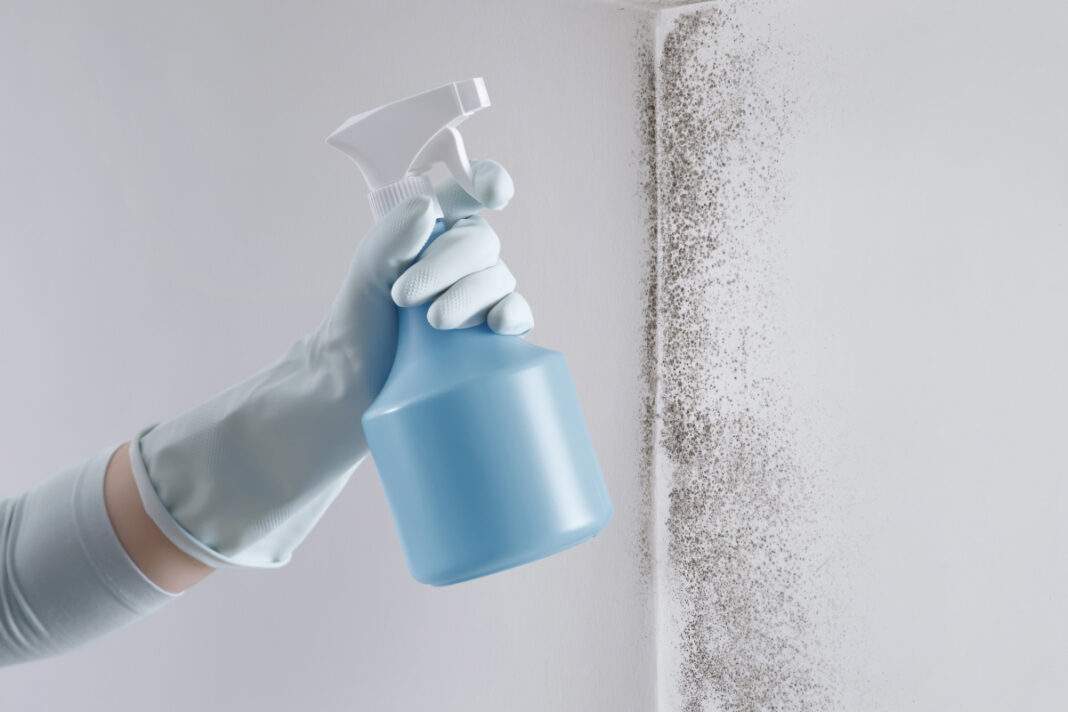Mold growth happens because of accumulated moisture in closed spaces. Humidity, steam from bathrooms, external weather, and sweat increase the moisture content within homes, which, in turn, encourages mold growth. Mold can be quite harmful, and it takes just about 24 to 48 hours for mold spores to rapidly develop on clothing, furniture pieces, carpets, walls, and other surfaces. Fortunately, there are several easy-to-follow and effective mold prevention strategies individuals can follow to keep their home mold-free.
Keep Homes Properly Ventilated
Individuals can arrest and prevent mold growth by airing their homes regularly. Ventilation helps keep a closed space airy and prevents dampness within. They can keep their homes ventilated by installing vents in their windows. If that is impractical, especially during the coldest winter months, they can keep their windows open for a few minutes several times a day to ventilate their homes adequately.
Airing a home requires managing the wind circulation. This is why it is best to open all windows and doors at the same time when it is cool outdoors, such as during early mornings and late nights. Many home care experts recommend that occupants leave their windows open when it is warmer inside than outside, but they should not do this when the interior heater is on.
Mold also generally shows up in the basement, as it tends to be damp and isolated from the rest of the property. Individuals can mold-proof their basement, which involves having air-slits on the walls to keep things airy and dry within the room.
Keep Indoor Humidity Levels in Check
It takes very little time for mold to grow. For this reason, home occupants need to constantly monitor the humidity levels in different zones inside their property and keep their eyes open to spot the various signs of mold growth.
If keeping a home constantly ventilated is not practical or possible, individuals can use a dehumidifier to keep mold growth at bay. Consider a dehumidifier with an automatic sensor. The sensor will detect when the humidity level indoors reaches above 60%, which is the favorable level for mold growth, before switching the machine on automatically.
Avoid Drying Clothes on Radiators
Those living in apartments often use their radiators to dry garments after washing them. While that may seem practical and convenient to do, especially during the wet winter months, drying clothes on radiators speeds up mold growth indoors. Drying clothes on a radiator increases the moisture level in a room and, subsequently, creates damp spots in which mold grows and thrives. Apart from that, using a tumble dryer is also not recommended, as it causes condensation in a room. Condensation increases the humidity level indoors and causes mold infestation.
The best way to dry clothes immediately after washing them is to hang them on a washing line. This line must be fastened in an open, outdoor space if possible.
Clean Carpets Frequently
Unclean carpets are a safe haven for mold to grow and thrive. Home occupants may often detect mold growth under carpets by its characteristic musty, unpleasant odor. To prevent mold growth under carpets, they need to invest in high-quality carpet padding with anti-microbial properties. While such carpets can be expensive, they save occupants money and hassle in the long run. Additionally, it is recommended to vacuum carpets regularly or get them professionally deep-cleaned to prevent mold from festering beneath them.
Invest in Mold-Resistant Products
A number of products have strong chemical properties that curb mold growth. The CDC advises cleaning the bathrooms with mold-killing products. Some natural mold-resistant materials and products include vinegar, tea tree oil, citrus seed extract, baking soda, and hydrogen peroxide.
Individuals can also purchase and use mold-resistant plasterboards, insulation, and mold-inhibiting paints to keep their homes clean and free of mold. These products are especially useful for mold-proofing basements.
Check Pipelines for Leaks
Leaking water can create puddles in various areas of a home, which can become prime spots for mold growth. Common spots of mold growth in plumbing include the space under sinks, the damp zone behind toilet seats, wet spots around the washing machine, and spaces under dishwashers and radiators.
Furthermore, mold growth in the ceilings is also caused by blocked or leaky drain pipes.
When homeowners find a leak, they must call a plumber to fix it. Mold growth possibilities shrink as quickly as pipeline and appliance leaks are spotted and fixed.
Open Windows While or After Bathing
When a person bathes, especially using hot water, moisture tends to build up on the walls, doors, ceilings, and bathroom windows. To prevent too much moisture from building up in the bathroom, people can open a window slightly to vent it. If the bathroom has no windows, slightly opening the door can reduce humidity levels and inhibit mold growth.
After bathing, wiping the walls, door, windows, and other surfaces prevents damp spots that can encourage mold growth. Essentially, mold inhibition depends heavily on identifying problem areas in homes and taking corrective measures as quickly as possible.


